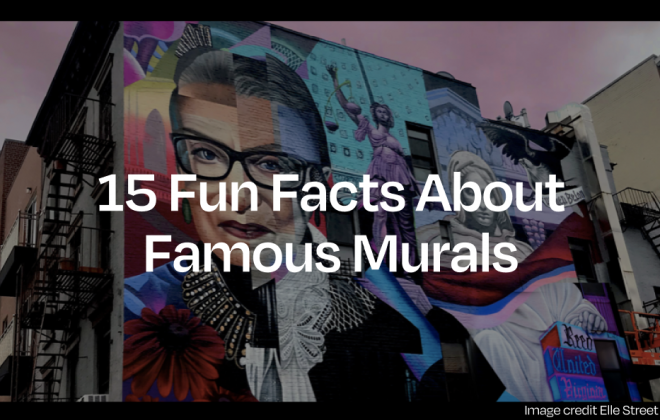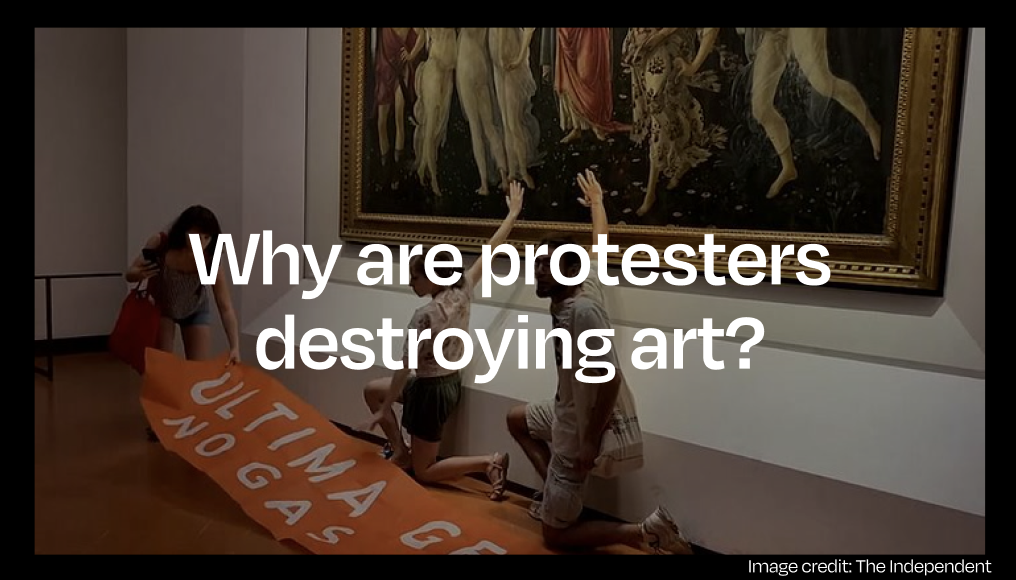
The History of Graffiti & Street Art in Australia: 1960 – 2023
The history of street art in Australia is similar to that of the history of street art in the United Kingdom. Australia, with its diverse cultural landscape and vibrant cities, has played host to a rich tapestry of graffiti and street art movements throughout its history. From the early beginnings of underground expressions to the acceptance and celebration of this art form in mainstream culture, Australian graffiti and street art have evolved into a captivating journey of self-expression, social commentary, and urban rejuvenation. In this article, we will delve into the history of graffiti and street art in Australia, tracing its roots, significant milestones, and the influential artists who have left an indelible mark on the country’s artistic landscape.
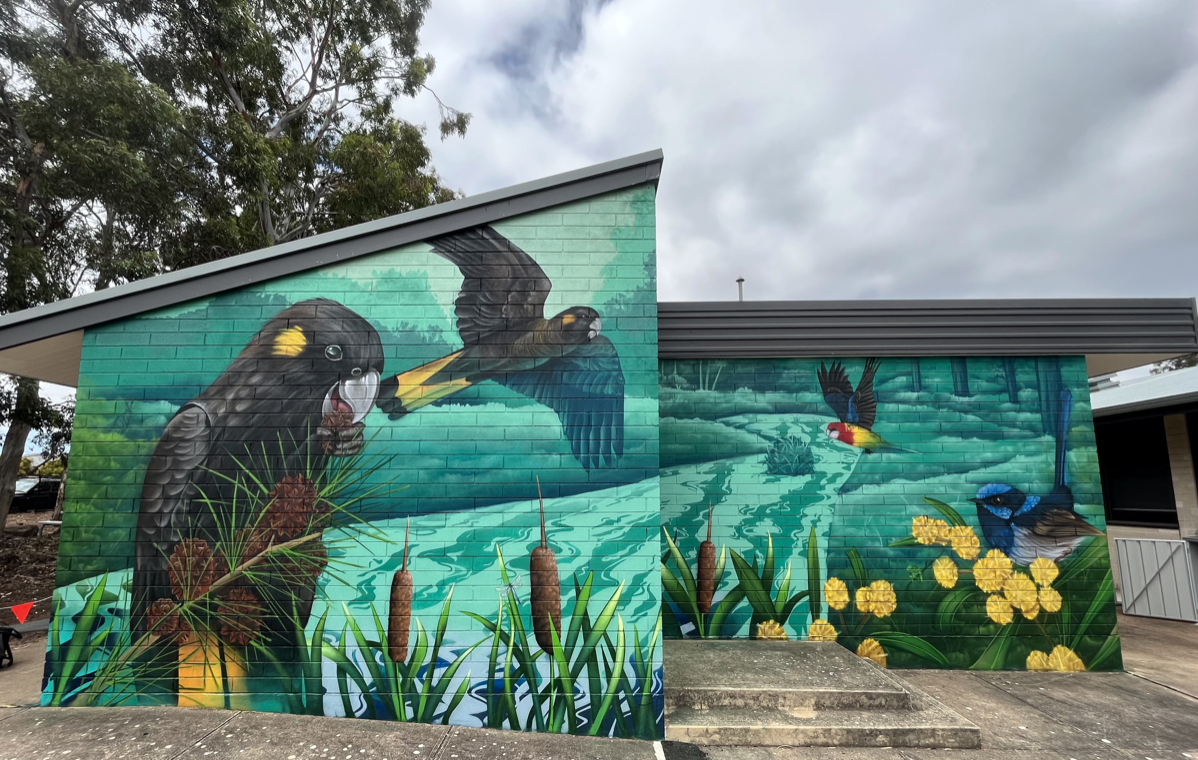
Commission art from Australian graffiti, mural and street artists.
The Birth of Australian Graffiti: 1960’s

The origins of graffiti in Australia can be traced back to the late 1960s and early 1970s when it emerged as a form of rebellious expression within the underground youth subculture. Influenced by international movements such as New York’s subway graffiti, Australian writers began leaving their mark on trains, walls, and public spaces. The use of vibrant colors, intricate lettering styles, and aliases became distinctive features of Australian graffiti.
Sydney’s train network, particularly the T2 line, became a vibrant canvas for early graffiti writers like Phase 2, Futura 2000, and Taki 183. These pioneers established the foundation for what would become a thriving graffiti scene, driven by the desire to claim space and challenge the societal norms of the time.
The Transition to Street Art: 1970’s
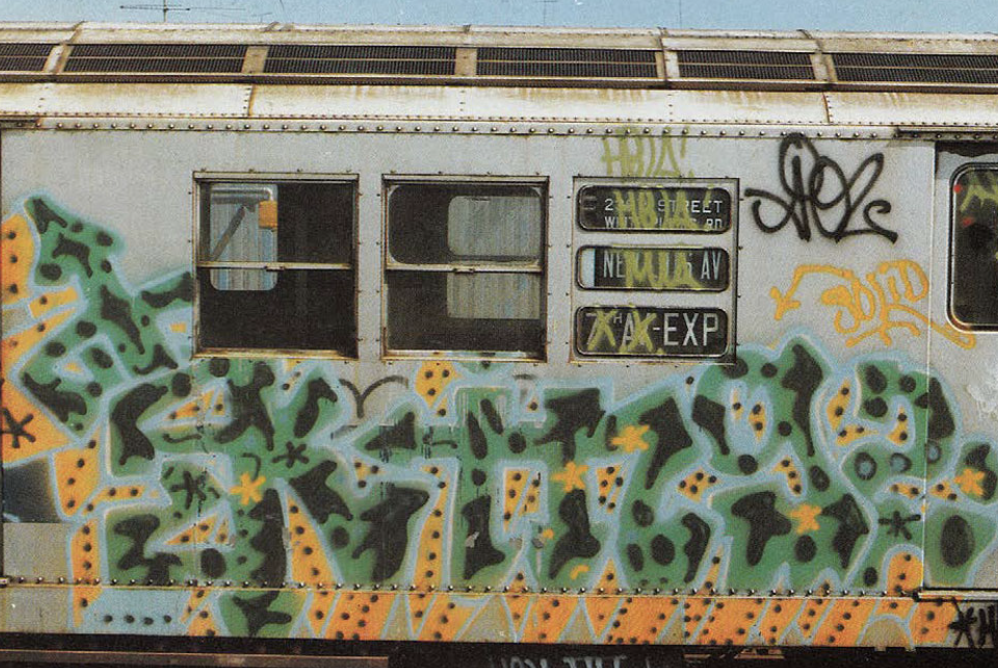
As the graffiti scene evolved in Australia, a parallel movement began to emerge—street art. Street art expanded beyond traditional lettering styles, embracing a broader range of artistic expressions and techniques.
The evolution of tags can be traced from simple names on walls to sprawling, vibrant masterpieces. These elaborate creations featured bold letters adorned with outlines and embellishments, earning them the name ‘pieces.’
For writers, the outer panels of trains provided the ideal canvas for showcasing their art. Some writers opted to paint tags, while others focused on crafting intricate pieces, or even a combination of both. The primary goal was always to be “up” and have one’s name prominently displayed, whether through tags or pieces.
The Role of Festivals and Legal Walls: 1980’s – 1990’s
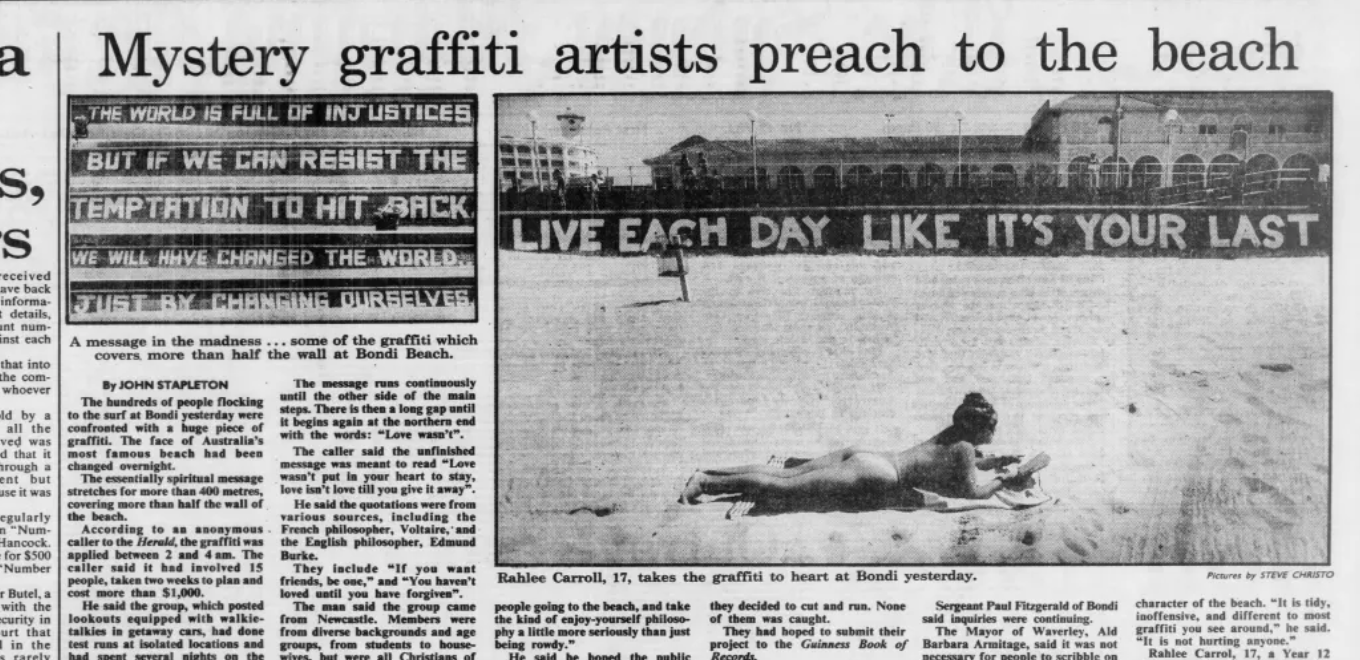
The emergence of street art festivals and the provision of legal walls have played a vital role in the growth and acceptance of graffiti and street art in Australia. Festivals like the Melbourne International Street Art Festival (formerly known as the Stencil Festival) and the Brisbane Street Art Festival have provided a platform for local and international artists to showcase their skills, foster collaboration, and engage with the community.
Moreover, the establishment of legal walls, designated spaces where artists can create without fear of prosecution, has facilitated the growth of street art culture. Organisations like Wonderwalls and The Nomad Clan have collaborated with councils and property owners to transform blank walls into vibrant murals, enhancing the visual appeal of neighbourhoods and fostering a sense of community ownership.
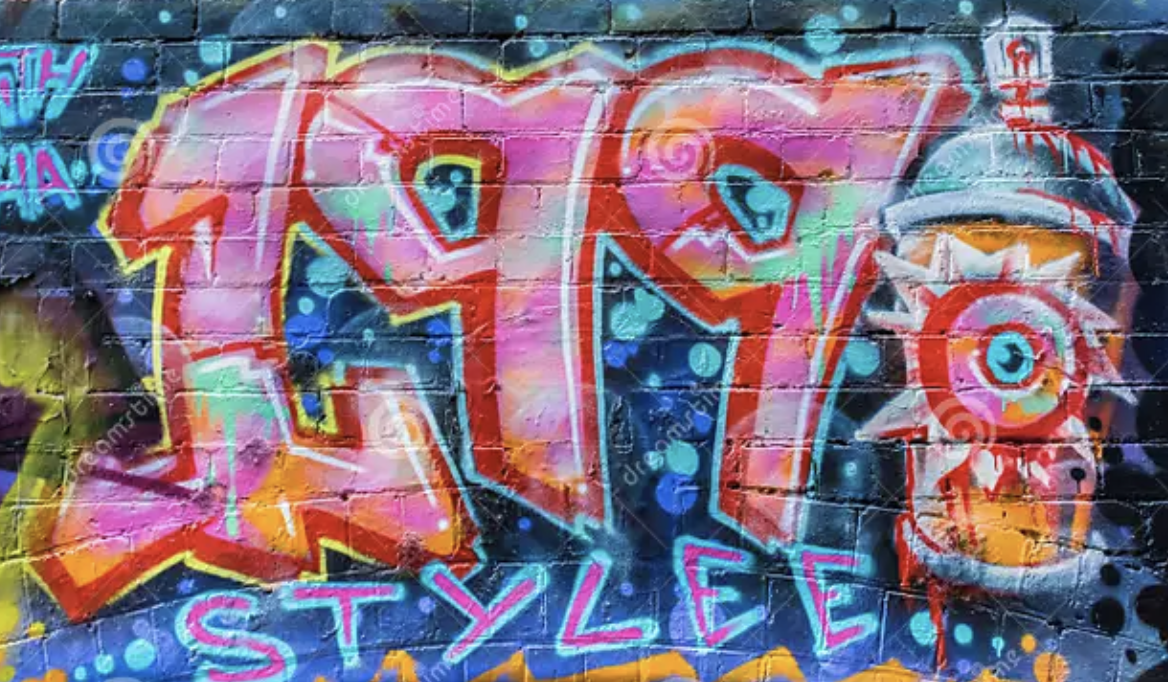
Melbourne, known as the street art capital of Australia, played a pivotal role in the transition from graffiti to street art. The city’s iconic laneways, such as Hosier Lane and AC/DC Lane, became open-air galleries, attracting artists from around the world. This transformation was supported by local councils and communities, recognizing the positive impact of street art on urban rejuvenation and tourism.
Graffiti and street art in Australia have long served as powerful mediums for social commentary and activism. Artists have used their work to highlight pressing issues, challenge societal norms, and amplify marginalised voices.
The AIDS crisis of the 1980s and ’90s saw graffiti and street art become platforms for spreading awareness and advocating for change. Artists like Keith Haring, who visited Australia during this period, left a profound impact on local artists, inspiring them to address issues of public health, sexuality, and discrimination through their art.
The Legacy of Australian Graffiti and Street Art: 2000’s
The legacy of graffiti and street art in Australia can be seen in the changing perceptions and acceptance of this art form. What was once viewed as vandalism is now recognised as a legitimate and valuable art form, contributing to the cultural fabric of Australian cities.
Australia’s rich Indigenous culture and art have significantly influenced the graffiti and street art movements in the country. Aboriginal and Torres Strait Islander artists have used street art as a platform to reclaim their narratives, assert cultural identity, and raise awareness of social and political issues affecting their communities.
Local councils and property owners have come to embrace street art, commissioning artists to transform public spaces, beautify neighbourhoods, and deter illegal graffiti. The economic potential of street art tourism has also been recognised, with guided street art tours attracting visitors from around the world.
Graffiti & Street Art in Australia Now: 2023
The history of graffiti and street art in Australia is a captivating journey of creativity, rebellion, cultural expression, and social activism. From its underground beginnings to its acceptance in mainstream culture, Australian artists have used this art form to leave their mark on the urban landscape, challenge societal norms, and foster community engagement.
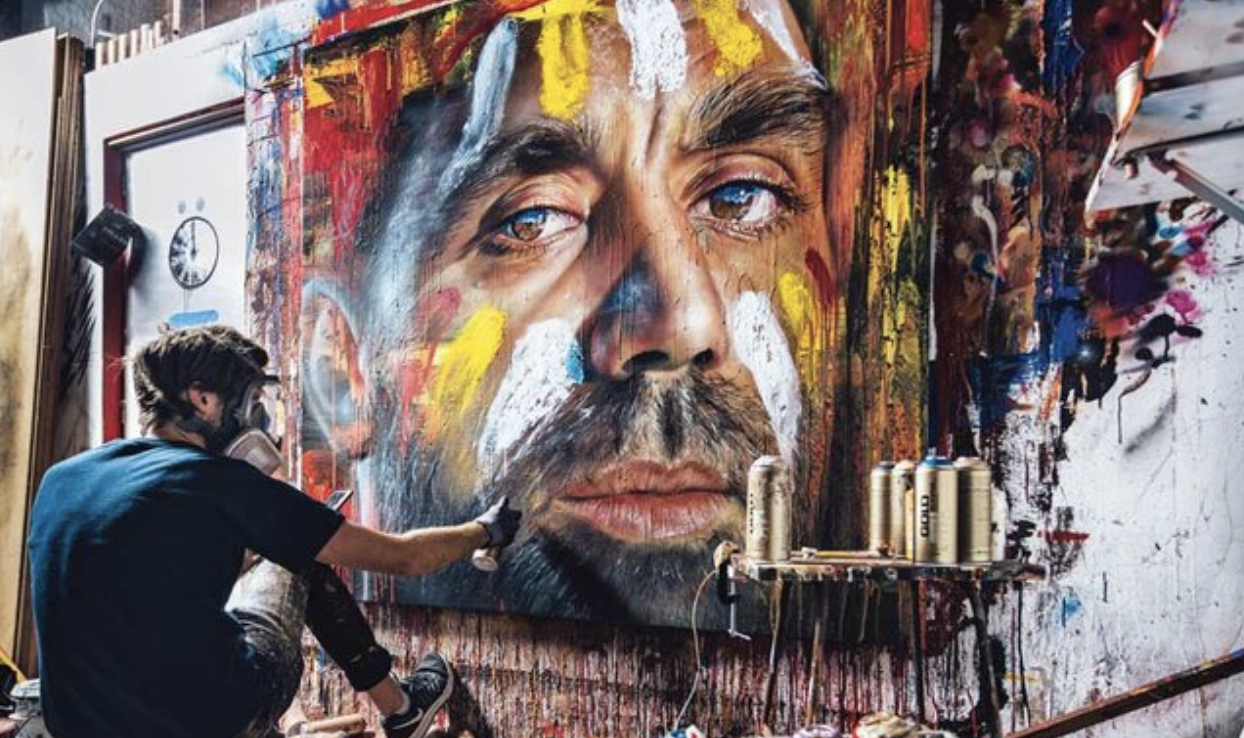
In recent years, the Black Lives Matter movement and the fight for Indigenous rights have found expression in the works of Australian street artists. Murals depicting faces of Aboriginal elders, calls for justice, and messages of solidarity have adorned walls across the country, sparking conversations and driving social change.
Prominent Indigenous street artists have skilfully combined traditional Indigenous motifs with contemporary street art aesthetics, creating visually striking works that celebrate cultural heritage and challenge prevailing narratives.
Graffiti and street art have become integral parts of Australia’s artistic fabric, transforming cities into open-air galleries that celebrate diversity, cultural heritage, and social dialogue. As the movement continues to evolve, it is essential to recognise the contributions of Indigenous artists, female artists, and those who have used their skills to advocate for change and create lasting social impact.
With its unique blend of talent, creativity, and cultural influences, Australian graffiti and street art will undoubtedly continue to evolve and inspire future generations of artists, leaving an indelible legacy on the artistic landscape of the country and beyond.
Check out top-rated local artists near you!
Are you an artist ? Sign Up










